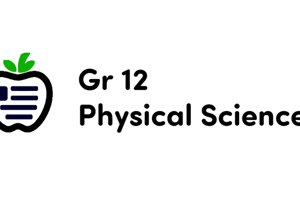Podcast
Questions and Answers
What do emission rights permit an entity to do?
What do emission rights permit an entity to do?
- Emit pollutants above a specified level
- Emit pollutants up to a specified level (correct)
- Emit pollutants without any restrictions
- Avoid emitting any pollutants
In cap and trade schemes, what can an entity do if it emits fewer pollutants than it has allowances for?
In cap and trade schemes, what can an entity do if it emits fewer pollutants than it has allowances for?
- Pay a fine
- Hold on to the excess allowances
- Sell the excess allowances (correct)
- Purchase additional allowances
Why was IFRIC 3, Emission Rights, withdrawn in June 2005?
Why was IFRIC 3, Emission Rights, withdrawn in June 2005?
- To introduce stricter emission regulations
- Because it was outdated
- Because entities did not find it useful
- Due to concerns over the consequences of the required accounting (correct)
Under IFRS, what do emission allowances represent?
Under IFRS, what do emission allowances represent?
What is the key purpose of issuing emission rights by the government?
What is the key purpose of issuing emission rights by the government?
How are emission allowances recognized in accounting?
How are emission allowances recognized in accounting?
How are allowances received free of charge from the government recognised?
How are allowances received free of charge from the government recognised?
What happens if the residual value of the allowances is less than their carrying value?
What happens if the residual value of the allowances is less than their carrying value?
When are the allowances recognised in the income statement?
When are the allowances recognised in the income statement?
What basis can be used for amortisation of government grants over the compliance period?
What basis can be used for amortisation of government grants over the compliance period?
Under what circumstances is a provision recognised related to delivering allowances or paying fines?
Under what circumstances is a provision recognised related to delivering allowances or paying fines?
In which model can an entity choose to measure subsequent emissions allowances under IAS 38?
In which model can an entity choose to measure subsequent emissions allowances under IAS 38?
Flashcards are hidden until you start studying




